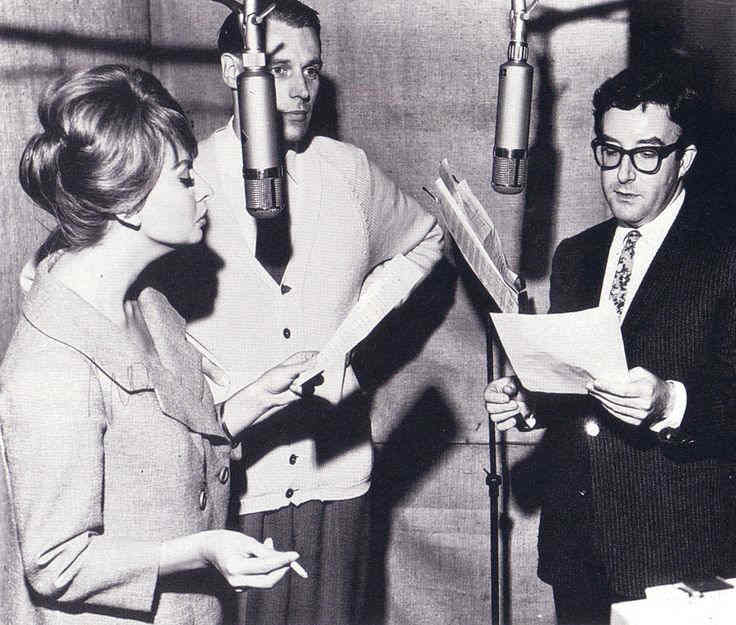This week it was announced that the 59th Annual Grammy Awards will see the EMI prodigy Alan Blumlein awarded a posthumous Grammy for his influential work on the development of stereo recording. Blumlein patented a number of inventions whilst working for Columbia Graphophone, later merged into EMI, and would have continued contributing to the technological development of radar, broadcasting and other communications industries were it not for his untimely death during World War II.
Blumlein's work in stereophony involved the pioneering use of two coincidently-placed microphones to produce what he called 'binaural recording'. It is noteworthy that Blumlein drew on his own experiences in the cinema, where he found the marriage of visual and sonic imagery to be lacking. The silver screen of the early 1930s was a backdrop against which he listened to and judged the spatial components of audio, growing frustrated with the lack of movement conveyed by these early cinematic soundtracks.
It is high time Blumlein's work is given due recognition. However, it is also worth remembering that Rome was not built in a day. Stereo blossomed over a period of many years stretching from the late-nineteenth century to the early 1970s. It was a technology relevant to both recording and playback media, one that benefitted from the input of numerous practitioners working across different industries and musical genres.
Other notable milestones include the Théâtrophone, which was first demonstrated in Paris in 1881 and put to commercial use across Europe in the following decades. Two carbon microphones transmitted a 'stereo' signal along telephone lines to various audience members who would hold receivers up to both sides of their head.
Conductor Leopold Stokowski's work with RCA, Columbia and other American companies is well documented particularly in relation to the so-called Fantasound system. His collaboration with Walt Disney made use of multi-microphone arrays to produce bespoke stereophonic recordings that were brought to mainstream audiences via the 1940 animated film Fantasia.
In the postwar years Decca, EMI and the BBC, alongside various European record labels and radio stations like ORTF and NOS, built on these microphone techniques to create a range of stereo images that continue to be used today on classical recordings, film scores and video game soundtracks. On the rock and pop side, the widespread adoption of stereo FM broadcasting meant that albums from the 1970s onwards were mixed primarily in stereo rather than mono. An audience beyond the small confines of hi-fi enthusiasts could now enjoy the latest releases in stereo on a daily basis, perhaps most significantly in the car where the importance of mix placement was enhanced by the positioning of the listener relative to the left and right channels.



